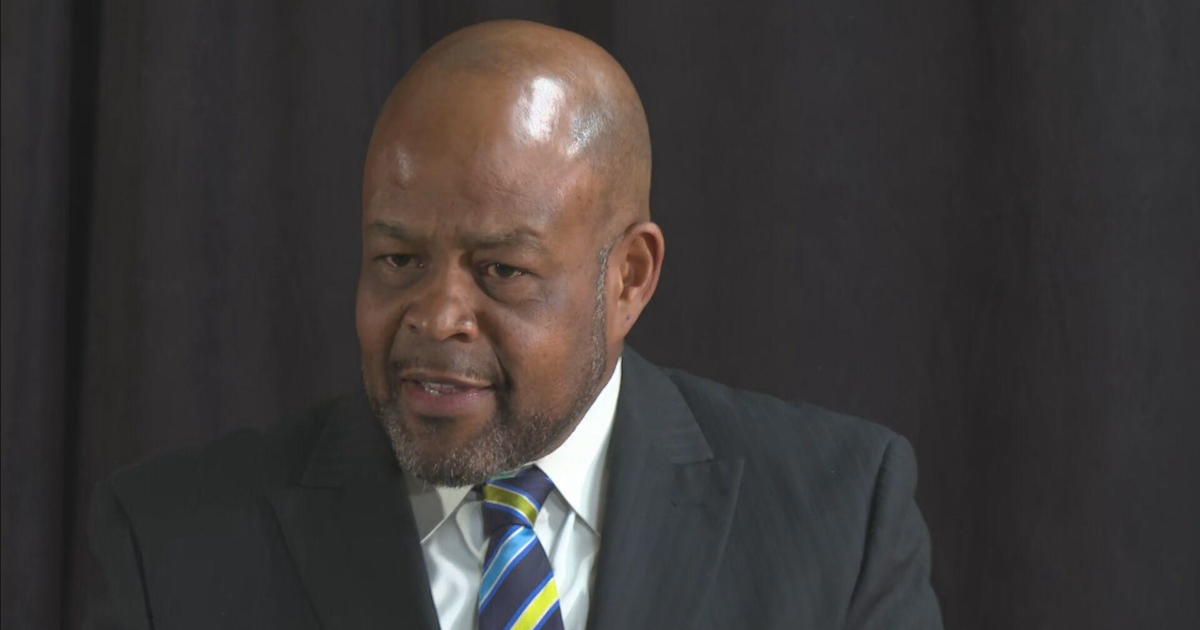Lack Of Food Service Workers, Supply Chain Issues Impact Student Meals In Jeffco Public Schools
JEFFERSON COUNTY, Colo. (CBS4) - Student lunches in JeffCo Public Schools can vary from one day to the next because of staff shortages as well as supply chain issues so far into the new school year. As the pandemic continues to impact the workforce and COVID outbreaks require constant adjustments, district leaders say they're managing as best as they can with reduced meal options in some of their schools.
"Staffing is looking very bleak," said Beth Wallace, the executive director of food and nutrition for JeffCo Public Schools. "When we got to the new school year, we ran into multiple challenges."
The district serves 40,000 meals a day in more than 150 schools across the county, prepared at almost as many sites. They typically have 450 employees, but on Tuesday they were without 90 of those team members. The number can change from day to day, even hourly, as workers or their loved ones test positive and they must stay home.
"We typically have very dedicated long-term employees and I think this pandemic has just kind of changed our world quite a bit," Wallace told CBS4 on Tuesday.
Before COVID, their staff would commit to this job because they enjoyed the hours and schedule that included holidays and the summer off. The concern about contracting the virus or spreading it to their household has kept some away. Others who were nearing retirement may have chosen to stop working sooner for the same reason. The positions they need vary across their departments but many are in school kitchens. Some of those jobs paid $12.48 an hour in the past, the district increased the rate to $15 and it could go up again.
"If you would have asked me last year, if I could have imagined this scenario this year, I would have told you 'No'," she said.
There were around 30 schools unable to offer the regular lunch program on Tuesday, switching to an extreme menu option. Cafeterias offer less choices or have to give cold, prepacked food items. It's not only trying to feed all students with less workers but adjusting to delayed supply or items out of stock because distributors have their own employment shortages.
"It may not be hot but I guarantee you it's still healthy, it still has to meet our nutritional standards that are set by USDA," Wallace explained.
As the person in charge of feeding so many students, her team not only plans menus in advance but has children test their food before the school year starts. Wallace says it's like opening a new restaurant. Some situations require as many steps eliminated as possible to guarantee 300 to 400 meals can be served in one location. A COVID outbreak could reduce one site from three workers to one with just hours to adjust. Other challenges include employees on leave for different medical reasons, like surgery.
"Oh, I've got just the product for you, all you have to do is add water to it," Wallace said one distributor told her but that was still not an option. "I don't have the staff to add the water to it."
While parents in some districts have offered to work in the cafeteria, it is not a practical solution for the long run. In order to serve a hot meal, volunteers would need to be trained in health and sanitation protocols related to food safety. There are also special diets for many students across the district so parents would likely only help to hand out prepared meals.
"We appreciate that volunteer spirit and we love to have them come in and help us pass out our prepacked meals," she said.
Federal regulations have a minimum and maximum calorie requirement limiting sodium and fat while offering fruit, a vegetable, a drink, protein, and a grain. Wallace is the current president of the national School Nutrition Association and says she is seeing a similar scenario play out across the country. She is grateful for what her district can provide at the moment, knowing others have it worse. This setback will remain for many months, Wallace says, but she hopes it gets better in the spring and her intended lunch program can be in place around May.
"I know where our community wants to be, it's right where I want to be, I want to be back to my fresh prepared meals," she said.



